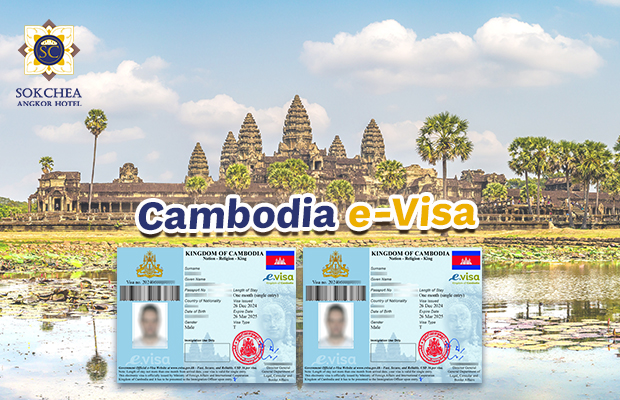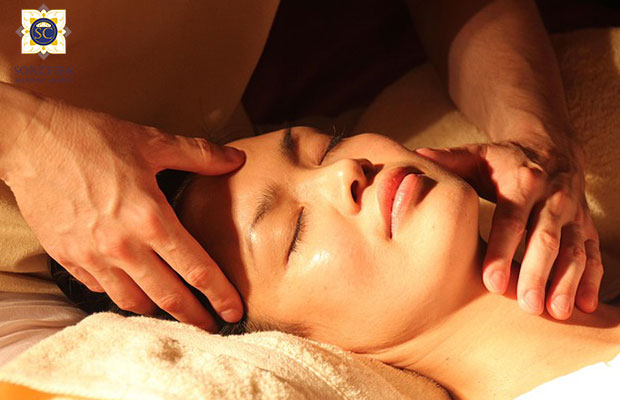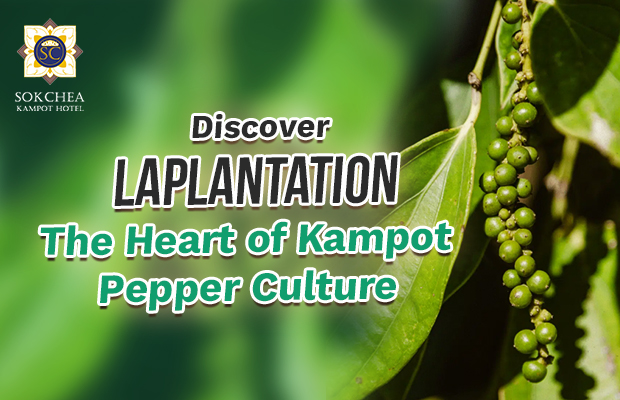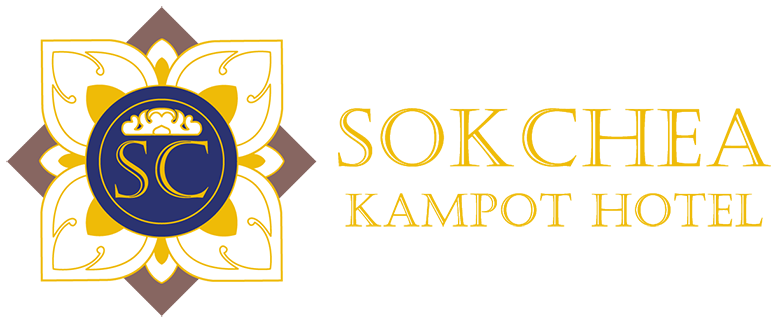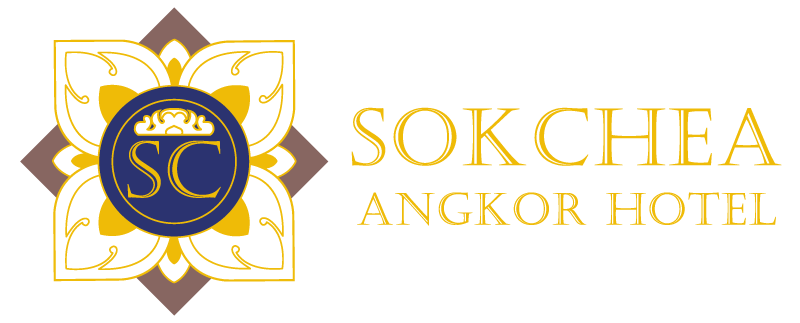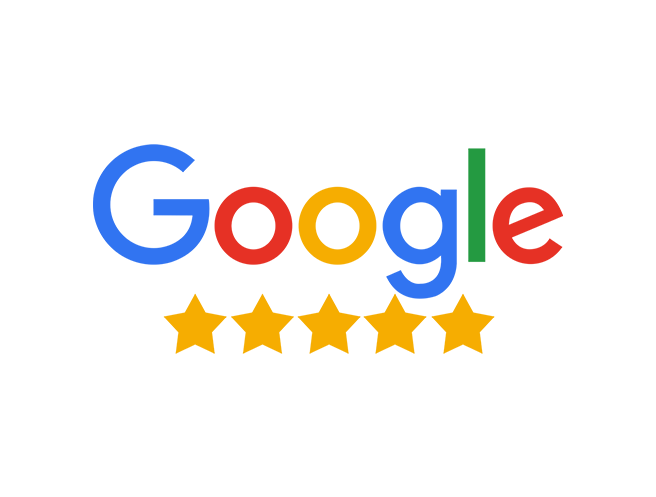La Plantation was founded in 2013 by a French-Cambodian couple, Nathalie and Guy Porré, who were deeply inspired by Cambodia’s cultural richness and agricultural potential. After discovering the deep heritage of Kampot Pepper once prized by chefs around the world — they made it their mission to revive and protect this iconic spice through ethical and sustainable farming.
What began as a small project turned into a flourishing agro-tourism destination, one of the most respected pepper farms in Cambodia and across Southeast Asia.
🌿 Discover La Plantation: The Heart of Kampot Pepper Culture
When visiting Kampot, one experience that truly captures the soul of the region is a visit to La Plantation — a world-renowned pepper farm and agro-tourism destination. Nestled among the lush green hills just outside Kampot city, La Plantation isn’t just a pepper farm — it’s a living story of tradition, sustainability, and the unforgettable taste of Kampot Pepper, Cambodia’s culinary treasure.
🫚 What Makes La Plantation Special?
La Plantation is one of the leading producers of certified organic Kampot pepper — a product recognized globally with a Protected Geographical Indication (PGI), much like Champagne in France or Parma ham in Italy. But beyond growing premium pepper, La Plantation offers visitors an immersive experience into Cambodia’s spice culture.
🌱 Guided Tours: From Farm to Flavor
Whether you’re a foodie, a nature lover, or simply curious, La Plantation welcomes you with free guided tours in English, Khmer, or French. During the tour, you’ll learn:
- How Kampot pepper is planted, harvested, and sun-dried by hand
- The differences between black, red, white, and green pepper
- Sustainable farming practices that protect the local ecosystem
You’ll walk through the vibrant pepper gardens, see local workers in action, and gain a deep appreciation for the hard work behind each tiny peppercorn.
🧂 Taste the Difference: Kampot Pepper Tasting
One of the highlights of any visit is the pepper tasting session. Here, you’ll get to:
- Sample the various types of Kampot pepper each with its unique aroma and flavor
- Try their famous fresh salted green pepper crunchy, mildly spicy, and incredibly addictive
- Discover other exotic spices grown on-site like turmeric, long pepper, and galangal
Many visitors are surprised to learn how nuanced pepper can be it’s not just “hot”; it’s floral, fruity, herbal, and earthy all at once.
🍽️ Khmer Cuisine Meets French Flair
La Plantation also features a charming on-site restaurant and spice bar, where you can taste local Cambodian dishes with a gourmet twist all enhanced with their freshly harvested spices. Popular menu items include:
- Beef Lok Lak with Kampot black pepper sauce
- Pepper ice cream (yes, it’s delicious!)
- Fresh tropical fruit juices and cocktails infused with local herbs
Cooking classes are also available for those who want to take a deeper dive into Khmer cuisine.
❤️ A Commitment to Community & Sustainability
La Plantation is more than a tourist destination. it’s a community-driven project. Founded by a French Cambodian couple, the farm:
- Provides stable employment to over 100 local workers
- Supports a local primary school and offers scholarships
- Rescues and restores traditional Khmer wooden houses for use on-site
- Is certified organic and actively promotes sustainable farming
By visiting, you’re directly supporting local farmers and helping preserve Kampot’s cultural and agricultural heritage.
🧭 How to Get There from Sokchea Kampot Hotel
La Plantation is about 25–30 minutes from Kampot town. Here are your options:
- Tuk-tuk: A scenic countryside ride
- Shuttle or private car: We can help arrange transport for you — just ask at our front desk!
- Motorbike: For the adventurous traveler
Make sure to bring sunscreen, a hat, and a camera the views over the rice fields and mountains are stunning.
🌟 Don’t Miss This Unique Kampot Experience
A visit to La Plantation is more than a farm tour . it’s a journey into Cambodia’s rich agricultural tradition, local flavors, and warm hospitality. Whether you’re staying a few days or a week in Kampot, this is one of the must-do experiences we highly recommend.


